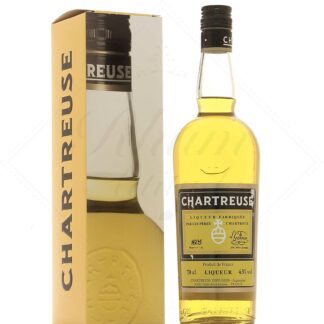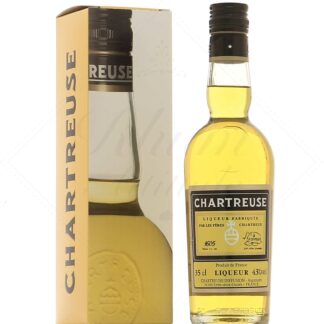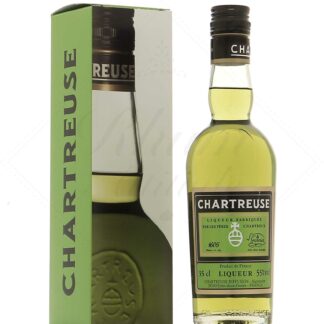Chartreuse

The history of La Chartreuse
Chartreuse liqueurs owe their name to a mountain range in Isère, where the monastic order of the same name settled in 1084. In the Grande Chartreuse monastery, Brother Bruno and his 7 companions live a hermitage life, both communal and solitary. As apothecaries, they had extensive knowledge of therapeutic plants.
In 1605, Marshal d'Estrées heard of their skills, and entrusted them with a manuscript containing a secret recipe for 130 plants, flowers, roots, berries and bark, intended to make an "elixir of long life".
The monks set about putting the manuscript into practice, and it was only a few generations later, in 1764, that the Grande Chartreuse plant elixir saw the light of day. It was rapidly distributed among the population, and even played a role during the cholera crisis of 1832.
The year 1840 saw the launch of theChartreuse Verte we know today. This "health liqueur" is based on the same recipe as the elixir. ChartreuseJaune, the sweeter "queen of liqueurs", appeared the same year. The two emblematic liqueurs have the same 130 ingredients, but are made using different dosages and processes.
In August 2018, the monks moved their production to a new distillery. The new distillery is located on the Aiguenoire site in Entre-Deux-Guiers, Isère, a few kilometers from the monastery. The distillery is still run by the monks, and the bottle still bears the motto of the Carthusian order: Stat Crux Dum Volvitur Orbis. " The cross remains while the world turns.
Chartreuse production
The recipes for the various liqueurs are extremely secret, and have remained unchanged since their inception. Only 2 or 3 monks know these recipes, and even those who work on them do so in a kind of blind fashion, without knowing exactly which plant they are dealing with.
Various extraction, infusion, maceration and distillation processes are at work.
From the earliest days of the plant elixir, the roads to India were open. Plants are sourced not only from France, but also from the four corners of the globe. Plant blends have been made in the same room of the monastery for 400 years. Maceration takes place in large stainless steel vats, followed by distillation. Two 36-hectoliter stills are heated at low pressure, for slow distillation (between five and six hours) in a single pass.
The various alcoholates and distillates are then blended, either plant by plant, or by groups of plants. The liqueurs are all aged, initially in 50,000-liter Tronçais oak vats. These pieces of wood ensure good oxygenation, and are ideal for long ageing. The liqueurs are gradually transferred to smaller vats of 25,000 and then 12,500 liters. The ageing cellars are semi-buried, allowing both the dry and damp sides of the liqueur to be used. Finally, a reduction and an addition of liquid cane sugar are applied at the end of the blending process.
The different expressions of Chartreuse
In addition to Chartreuse verte and Chartreuse jaune, there are 14 other types of liqueur. These include VEP (Vieillissement Exceptionnellement Prolongé), created in 1963. This is the most aged expression, in smaller oak casks than classic liqueurs. These casks are said to hold 600 liters, and age for between 8 and 10 years, but once again, the culture of secrecy is at work, and we can't know exactly what's going on.
Other Chartreuses include the 9ème centenaire, the cuvée MOF, the épiscopale... The liqueurs of the Carthusian monks have become part of international gastronomic and mixology culture, with a recipe and heritage that are still unique. Read less



